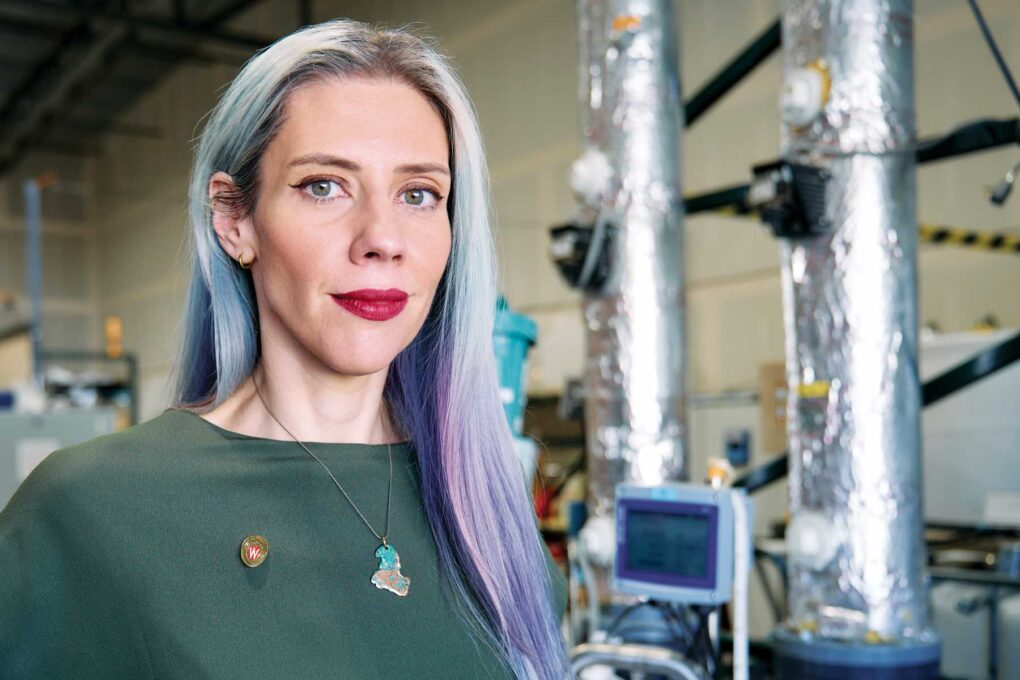The Little Mermaid, The Princess and the Pea and The Ugly Duckling. These are just a few of the internationally renowned fairy tales Danish author Hans Christian Andersen brought to life. The stories are also the subject of a popular class taught by Claus Elholm Andersen (no relation). The associate chair for the Department of German, Nordic, and Slavic+ and Paul and Renate Madsen Associate Professor of Scandinavian Studies says the persistent appeal of these fairy tales has a lot to do with the author himself, who lived in poverty before his writing catapulted him into fame and fortune in 1835. His success coincided with the rise of capitalism in Denmark, which explains some of the timeless commentaries on class, politics and inequality.
“His journey from rags to riches wouldn’t have been possible without this new capitalism,” says Claus, who spent his summer completing a book on this topic and serving as a research fellow at the Hans Christian Andersen Center in Denmark. “But at the same time, he also saw the downsides, and how it comes with power, exploitation and hypocrisy.” Here’s a closer look at some of his fairy tales and the lessons they convey.
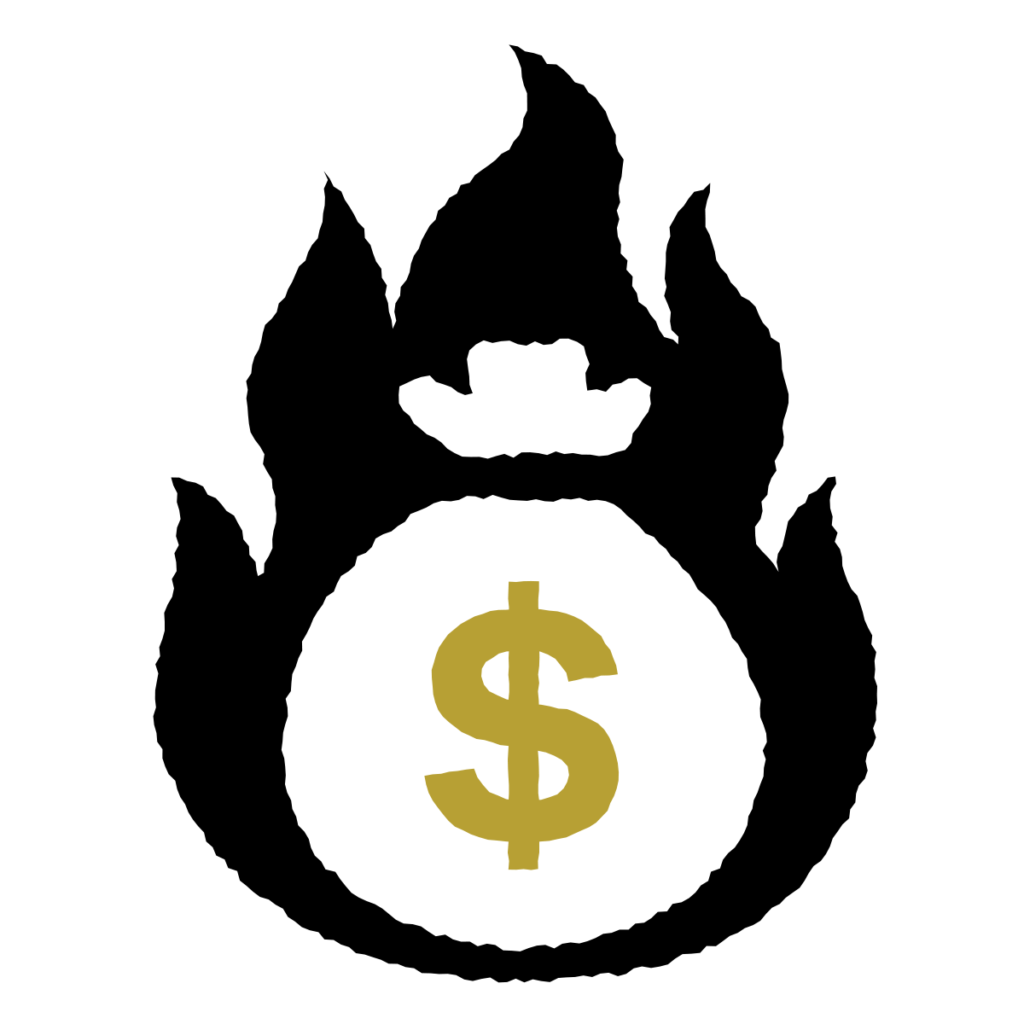
What happens when you lose your riches?
This is the scenario for a soldier in The Tinder Box, which was the first story in Andersen’s first collection. The soldier is forced out of his cozy room at an inn and moved into a tiny space under the attic, and his friends stop visiting him because there are “too many stairs.” “This is a devious little sentence,” Claus says, commenting on how the story addresses poverty and inequality. “Because children would know this is not the case.”
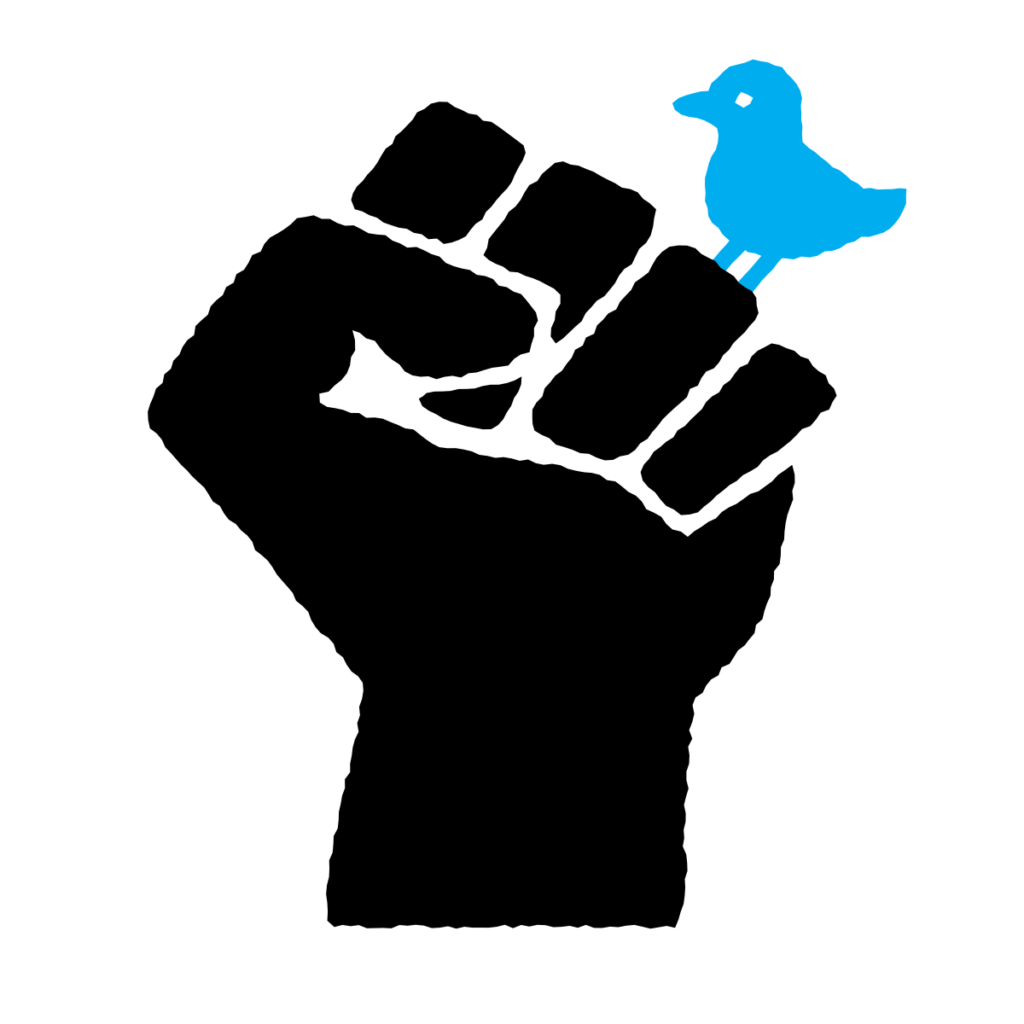
Should a king listen to the people?
One of Andersen’s most popular stories in Denmark is The Nightingale, which came out in the midst of a Danish debate about freedom of expression. But the story is set in China. “There was a tradition of using China as an example when you wanted to write allegories about Danish politics and culture, because then it wouldn’t get censored,” Claus says. The bird in the story — a magnificent nightingale with a beautiful singing voice — symbolizes the voice of the people. Throughout the story, the king tries to stop it from leaving the castle, but it insists on its freedom and sharing stories from across the land.

Should we care about something as superficial as a pea?
At roughly 350 words, The Princess and the Pea packs a lot into a small space. It goes like this: A prince is looking for a “real princess,” yet when one comes knocking on the castle door, they don’t believe her. So, they develop a test, placing a tiny pea under 20 mattresses to see if she can feel it. When she wakes up black and blue, that’s how they know she is a “real princess.” “He seems to be mocking this idea,” Claus says about the unrealistic expectations that were placed on women and girls. “He’s telling the bourgeoisie to look at what they’re doing and see how ridiculous it is.”
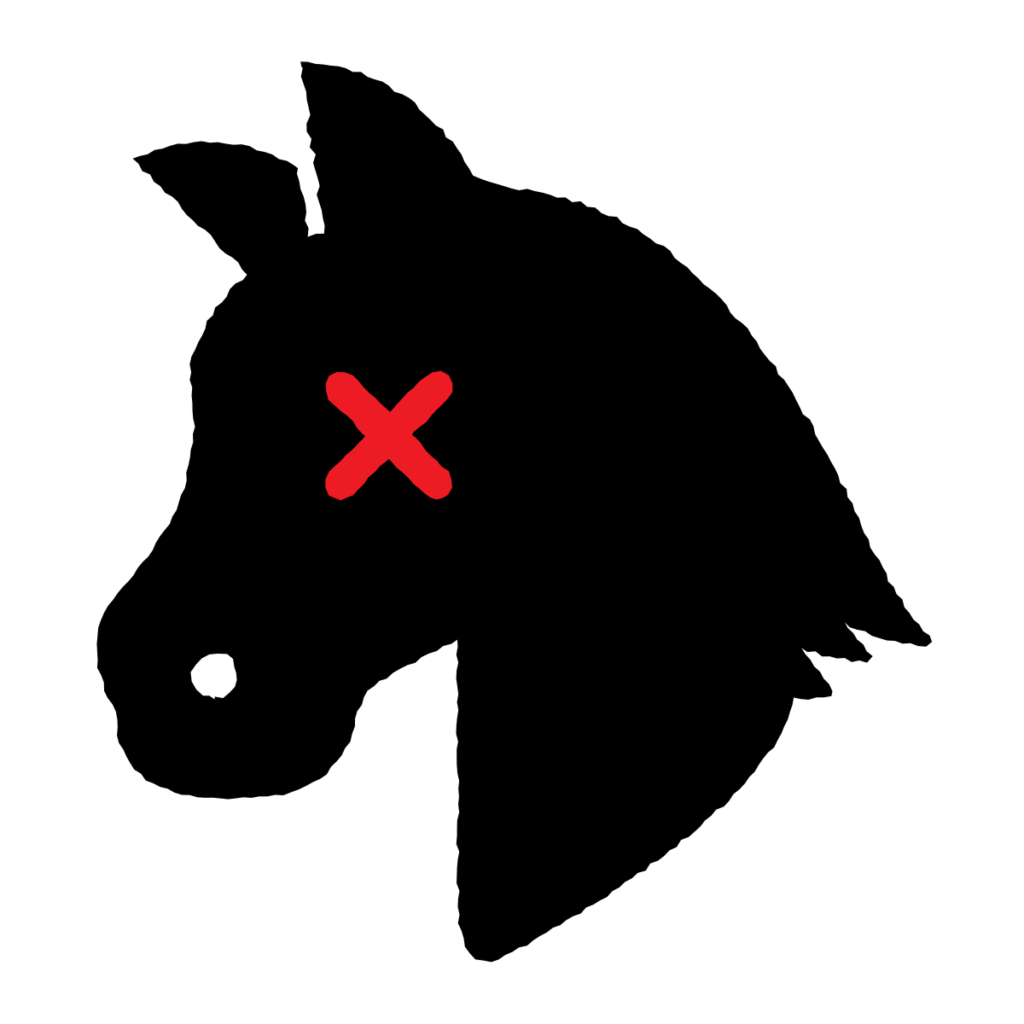
When does greed go too far?
In Little Claus and Big Claus, children laugh along as they read the tales of how the underdog, Little Claus, repeatedly outsmarts Big Claus. But as the story goes on, there’s a shift. Little Claus grows richer as Big Claus suffers, eventually being sentenced to death by his smaller nemesis. “There’s a dissonance in his victories, because he becomes greedy,” says Claus. He sees the fairy tale as a metaphor for the transition from feudalism to capitalism. Suddenly, people were able to rise above their class, but it came with the risk of becoming addicted to always wanting more — and a willingness to harm others to get it.

What were the consequences of the Industrial Revolution?
They’re on full display in the tragedy of The Little Match Girl. The story is considered a universal depiction of poverty, but the heart of it is the commentary on the Industrial Revolution. The first matchstick factories opened in Copenhagen a few years before the story was written, and children as young as six worked on the factory floors like the protagonist. The story ends when the girl freezes to death surrounded by burned matches. Andersen writes: “No one imagined what beautiful things she had seen.” Claus says this is a call to action from the author to share her story and warn about the poverty happening because of industrialization.
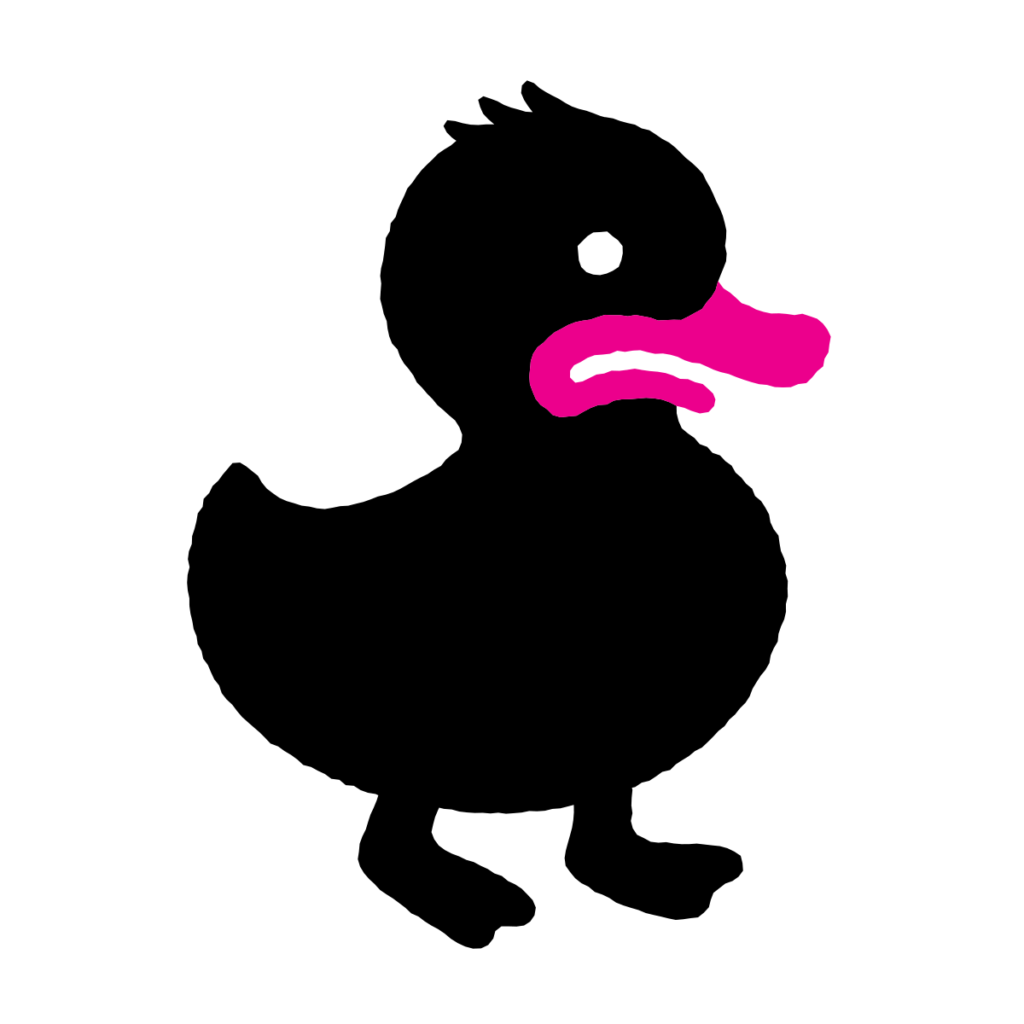
Is a happy ending possible?
Everyone knows the story of The Ugly Duckling. The poor flapper goes through so much hardship and bullying over the course of the story, but at the end readers are expected to believe everything is okay, because now he is a beautiful swan. “Andersen knew this wasn’t fully convincing,” Claus says. This story is often seen as symbolizing Andersen’s own journey of becoming a self-made success, but it’s on record that he was miserable in his glamorous new life. “Even though he got this fame and he became the swan — or in his case a famous author — it did not buy him happiness,” Claus adds.




